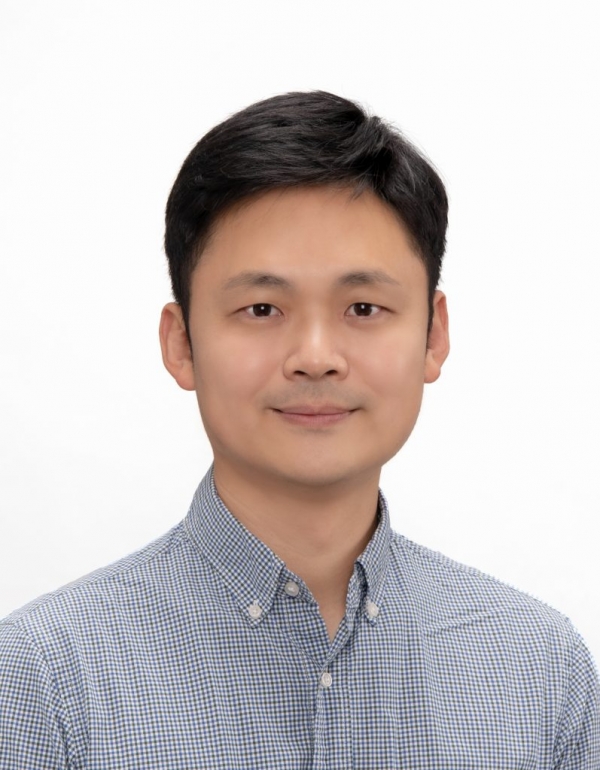
Introduction to Medical Imaging AI
Medical imaging encompasses various imaging modalities such as X-ray, computed tomography (CT), magnetic resonance imaging (MRI), ultrasound, and positron emission tomography (PET). They behave as a window to investigate various characteristics of the human body. These imaging techniques enable clinical experts to observe internal organs, tissues, and physiological processes, aiding in the detection and diagnosis of diseases and injuries and further intervene to cure and prevent the disease. My research includes but is not limited to, developing Artificial Intelligence (AI) methods that are made suitable to analyze these medical images to advance scientific findings and investigate theoretical aspects of the developed methods.
How did you become interested in Medical Imaging?
It happened coincidently. When I joined the University of Wisconsin-Madison (UW-Madison) for my graduate study, chances were scarce as I was “one of those many international students”, especially from Asia. I had to prove and devote myself first to even get a chance to taste a little bit of research. At a local seminar series, I was very fortunate to meet Professor Vikas Singh, my Ph.D. advisor, who was looking for highly motivated students to work with. I started with a graph machine learning project with an application for videos, which resulted in disappointing performances. However, a similar line of approach when applied to analyzing cortical thickness measures on 3D surface mesh for Alzheimer’s disease (AD) turned out to be a great success. It was a thrilling experience to see the resulting figure that exactly matched what I was expecting to get through my experiments to validate my proposed ideas, i.e., discriminating brain regions that are related to AD. I fell in love with that figure and finally understood why researchers call their papers “babies”. This figure, a polished version, can be found in my paper Wavelet Based Multi-Scale Shape Features on Arbitrary Surfaces for Cortical Thickness Discrimination disseminated at Advances in Neural Information Processing Systems (NeurIPS) 2012, which is a top-tier conference in machine learning.
Can you introduce some of your recent research works?
With my brilliant students at POSTECH and collaborators from outside, I delivered various meaningful research outcomes that contribute to both Medical Imaging and AI communities. We have developed a Neural Network framework that corrects for nuisance variables, which led to identifying the brain regions in children that are truly sensitive to household income level (Cho et al., MICCAI 2021). This is an important finding as equity in education for children is a critical social issue. We also have developed several graph machine learning frameworks that identify specific variations and biomarkers from brain connectome highly implicated in preclinical AD (Choi et al., MICCAI 2022, Park et al., MICCAI 2023, Meng et al., CSDA 2023). As AD is an irreversible neurodegenerative disease, our research outcomes have a significant impact by delineating AD-specific symptoms even before the onset of the disease so that the disease progression can be intervened. We are also working on general AI/ML problems and making progress such as Clustering (Ma et al., IJCAI 2022), Disentangled Learning (Yang et al., MICCAI 2021), and Adversarial Learning (Cho et al., MICCAI 2023), which are delivered at premier AI/Medical Imaging conferences.
What challenges did you face in your career and how did you overcome them?
“Graduation”, in its literal sense, has always been a challenge. I have been in three different undergraduate programs, and I did not get any admission for my first batch of applications to graduate school in the U.S., and had to give it one more try. It took me another two years to secure a tenure-track faculty position at an R1 (research intensive) school where I eventually joined the University of Texas at Arlington (UTA). I have all different majors for my Bachelor’s (Electrical Engineering), Master’s (Robotics), and my Doctor’s (Computer Science) degrees. I have spent a few years in the industry as well. I started as an engineer to develop hybrid/electrical vehicles at Hyundai Motors Company after my Master’s degree. My second industry position was right after my Ph.D. where I worked as a Researcher in the Data Science Team at NEC Labs., U.S. As one can see, my career path is quite winding, but what I learned from all these experiences is not orthogonal but rather complementary. I have faced lots of rejections, but still, I was able to make the best out of them. There were two keys to surviving my career challenges: 1) precisely understand what I am capable of, and 2) be patient. I was able to accomplish my graduation, even though it was not smooth, but I never panicked as I knew I was ready to graduate.
Any advice for Postechians?
You will face lots of challenges and uncertainties, and overcoming them will make you stronger and increase your value. Try out problems others are reluctant to face as that’s where the opportunity is. Be independent and unique. Chasing after money will limit your freedom and insight. Life is long so look around, help others, and learn to enjoy your life. Students from POSTECH should become a person who can advocate with respect and make changes to society.


